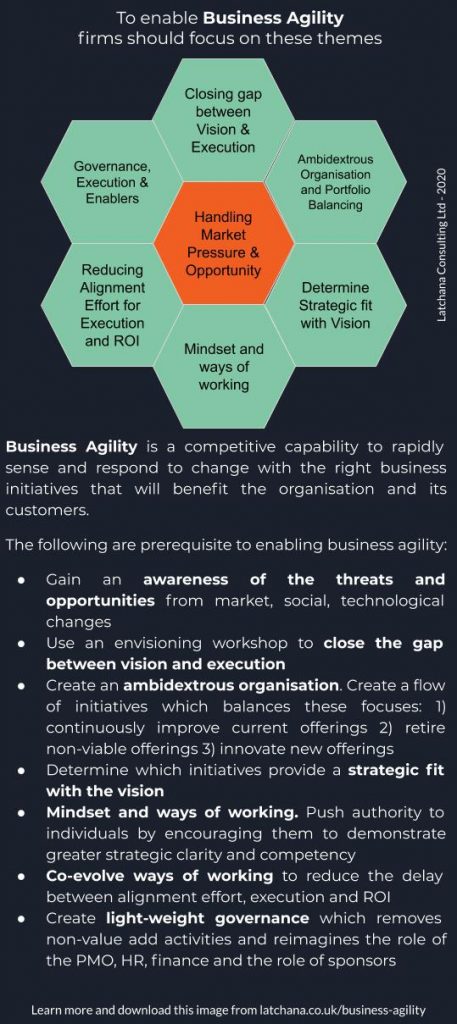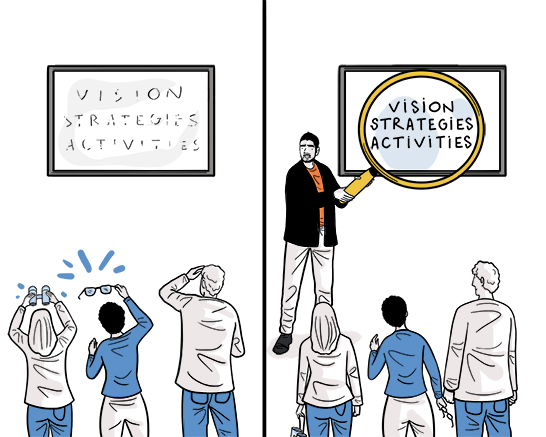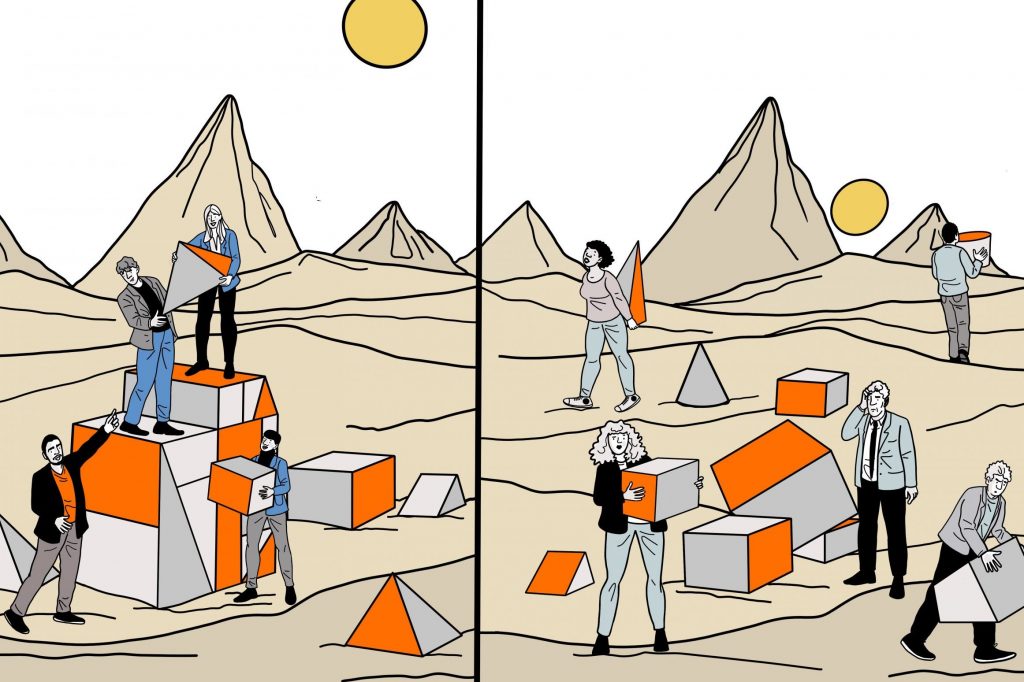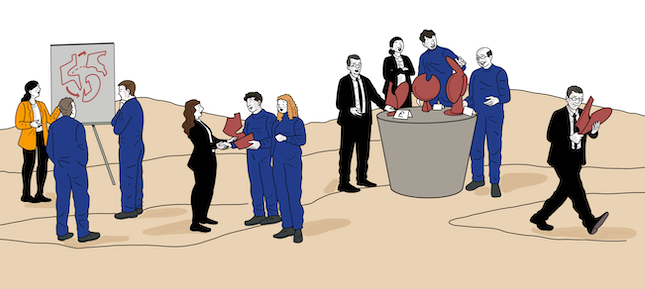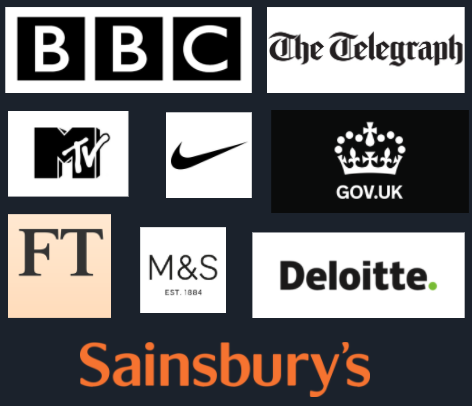For an individual to develop the desire and willingness for a difficult change, I’ve found it helpful to consider these four stages as prerequisites: Acknowledge, Awareness, Appetite and Action.
Together I’ve called them The 4As of Change.
Stage 1: Acknowledge impact of issue, personally
The individual needs to acknowledge how an issue is impacting them personally. They need to grasp the implications of how the issue is affecting their perception amongst their peers, how it’s hindering their goals and impacting the wider organisation.
This step ensures a proposed change starts with why it’s personally necessary.
For example, suppose someone is managing a globally distributed team. The team is consistently delayed with their deliverables. For the manager to truly appreciate the issue and have a desire to address it, the manager needs to acknowledge how this issue is impacting them personally.
Stage 2: Have awareness of a solution
The individual needs to have an awareness that solutions may exist.
For example, a manager would need to be aware that co-locating the team in one location, to enable face-to-face communication, could reduce misunderstanding and delays amongst the team.
Stage 3: Develop an appetite for the change
They then need to develop a sufficient appetite to advocate for the change and its solution.
Supporting the change may be challenging because it may involve a personal, then a public, admission that a change is needed.
An individual needs to become an advocate to gain the backing of others who may express varying degrees of support. Trials may need to be carried out to validate and convince others the solution is right.
Using the previous example, although a manager may believe co-locating could be right, they may need to gain enough backing to carry out a trial. Others may be sceptical if, for example, it means other managers would lose influence over individuals moving from their location; or individuals in the team may not be able to accommodate the change.
Through trials and discussions, the solution may need many alterations. If protracted it’s likely to reduce appetite and possibly prevent the change from happening.
If the manager has maintained sufficient appetite, and gained enough backing, then they are ready to take action.
Stage 4: Take action to trial the change
Now, finally, the individual is ready for action.
This is the final stage where success criteria are affirmed collectively, and the change is planned, executed and then reviewed collectively.
Coaching or line managing others through the stages
If you are a coach or line manager, the following considerations may support others progress through each of the prerequisite stages of change.
- As a coach or line manager, be aware of the particular stage an individual is at. Provide support that’s contextual to that stage.
- Know that the way to think differently is to act differently. When you encourage others to act differently, they’ll start to see and experience the world differently, impacting their mindset as a result.
- Since change can be challenging, suggest breaking the change into small rapid experiments. This can bring much-needed evidence and insights, which can be particularly powerful when assessing a change’s appropriateness and when developing an appetite for the change.
- Facts and data are often not as convincing as a compelling story, so use stories where such a change has been previously successful. Consider asking someone external to share a story of such a change from their experience.
- Gain peer-level support for the change. Change is more likely when others independently state its benefits, or show keenness for the change.
- Consider the BJ Fogg’s maxims:
- Help people do what they already want to do
- Help people feel successful
